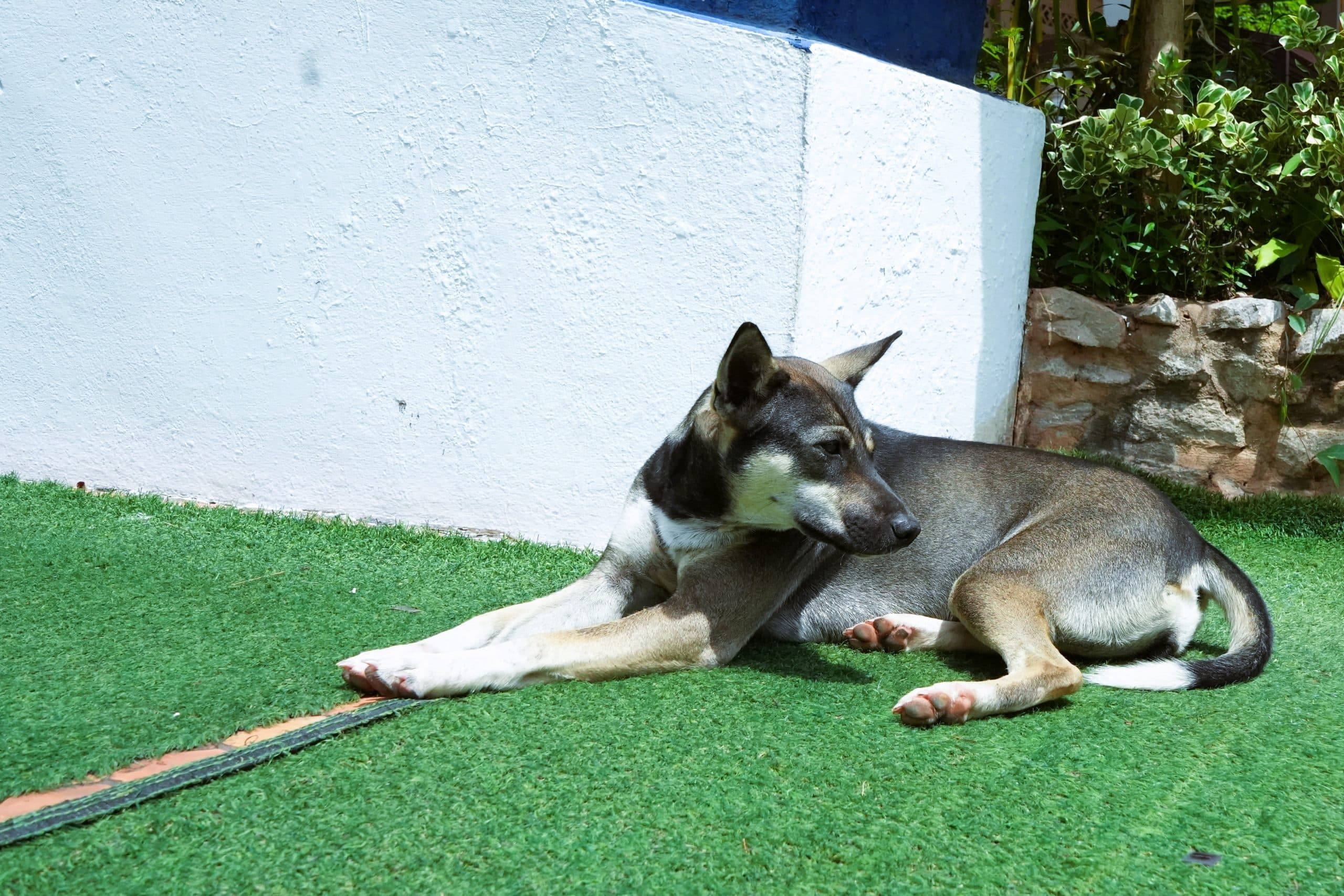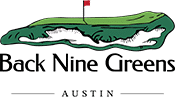How to Stop Your Dog from Eating Artificial Grass

Dogs are naturally curious creatures, often investigating their surroundings with their mouths. If you’ve noticed your dog chewing on your artificial grass, it’s essential to address the behavior promptly. While synthetic turf is designed to be durable and pet-friendly, consistent chewing can lead to damage and potential health risks for your furry friend. In this guide, we’ll explore practical strategies to discourage this behavior and protect both your pet and your investment.
Why Do Dogs Eat Artificial Grass?
Understanding the root cause of your dog’s behavior is the first step to solving the issue. Here are common reasons why dogs may chew on synthetic turf:
- Curiosity or Boredom: Dogs often chew on objects when they’re bored or curious about a new texture. Artificial grass may appear as a tempting new toy.
- Teething in Puppies: Young puppies experiencing teething may chew on anything within reach, including your lawn.
- Nutritional Deficiency: A lack of essential nutrients may drive dogs to chew on non-food items like synthetic grass or dirt.
- Stress or Anxiety: Dogs may engage in destructive chewing when they’re feeling anxious or stressed.
- Mimicking Natural Behavior: Some dogs instinctively chew on grass—real or artificial—as part of their natural foraging behavior.
How to Discourage Dogs from Chewing Artificial Grass
1. Provide Appropriate Chew Toys
Dogs need a healthy outlet for their chewing instincts. Offering durable chew toys can redirect their focus away from your synthetic lawn.
- Opt for sturdy rubber toys or flavored bones that capture their attention.
- Rotate the toys regularly to keep them engaged and prevent boredom.
- For teething puppies, consider frozen chew toys to soothe their gums.
2. Increase Physical and Mental Stimulation
A well-exercised and mentally stimulated dog is less likely to engage in destructive behaviors.
- Schedule daily walks, playtime, or fetch sessions to burn off excess energy.
- Use puzzle toys or treat-dispensing toys to challenge their minds.
- Enroll in obedience training or agility courses for structured mental and physical activity.
3. Use Dog-Safe Deterrent Sprays
Apply a non-toxic deterrent spray to your artificial turf to discourage chewing.
- Look for sprays made specifically for dogs, such as those with bitter apple or citrus scents.
- Reapply the spray regularly, especially after rain or cleaning.
- Monitor your dog’s reaction to ensure the spray is effective.
4. Monitor and Correct Behavior
Supervising your dog while they’re outside can help prevent unwanted chewing.
- Use a firm “no” or “leave it” command if you catch your dog chewing on the turf.
- Reward them with treats or praise when they focus on appropriate behavior or toys.
- Consider using a long leash to guide them away from the lawn if necessary.
Is Artificial Grass Safe for Dogs?
High-quality artificial turf from trusted providers like LawnPop® is designed with safety in mind. Pet-friendly turf is non-toxic and durable, capable of withstanding heavy activity from dogs. However, it’s important to prevent excessive chewing as:
- Swallowed pieces of turf may cause digestive issues.
- Chewing can lead to wear and tear, affecting the longevity of the lawn.
Investing in a premium product ensures that your synthetic lawn remains safe and functional for both pets and family members.
How to Maintain Artificial Grass in Pet-Friendly Homes
Keeping your lawn in excellent condition is easier with these maintenance tips:
- Regular Cleaning
Rinse your lawn with water to remove dirt, pet hair, and waste. Use a pet-specific turf deodorizer to neutralize odors. - Brushing
Brush the grass fibers regularly to keep them upright and prevent matting caused by pet activity. - Inspect for Damage
Check for signs of chewing or wear, especially around areas where your dog frequently plays. Repair damaged areas promptly to maintain the lawn’s integrity. - Install Pet Turf
Consider upgrading to pet-friendly artificial grass, which is designed to withstand digging, chewing, and other pet behaviors.
When to Seek Professional Help
If your dog’s chewing behavior persists despite your efforts, consult a veterinarian or animal behaviorist. They can:
- Rule out underlying health issues or nutritional deficiencies.
- Provide specialized training techniques to address the behavior.
- Recommend dietary adjustments if needed.
Benefits of Artificial Grass for Dog Owners
Installing artificial turf offers numerous advantages for pet owners, including:
- Durability: Designed to handle rough play and resist wear and tear.
- Easy Cleaning: Pet waste can be easily removed, and the lawn can be hosed down for a fresh appearance.
- Comfort: Soft and safe for paws, with no need for pesticides or fertilizers.
- Odor Control: Advanced infill options prevent odor buildup.
- Aesthetic Appeal: Maintains a lush, green look year-round, even with pets.
Why Choose LawnPop® for Pet-Friendly Artificial Grass?
At LawnPop®, we understand the unique needs of pet owners. Our artificial grass solutions are:
- Safe and non-toxic for pets.
- Engineered for durability and longevity.
- Installed by experienced professionals to ensure a seamless, high-quality finish.
Whether you need a dog-friendly backyard or a custom play area, our team is dedicated to creating a space that works for you and your furry friends.
Call LawnPop® Today to Upgrade Your Lawn
Tired of dealing with chewed-up lawns? LawnPop® provides expert artificial grass installation services tailored for pet owners in Austin, TX. Contact us at (512) 806-0438 or email Team@LawnPop.com to request a free estimate. Let us create a beautiful, pet-friendly outdoor space you’ll love.



